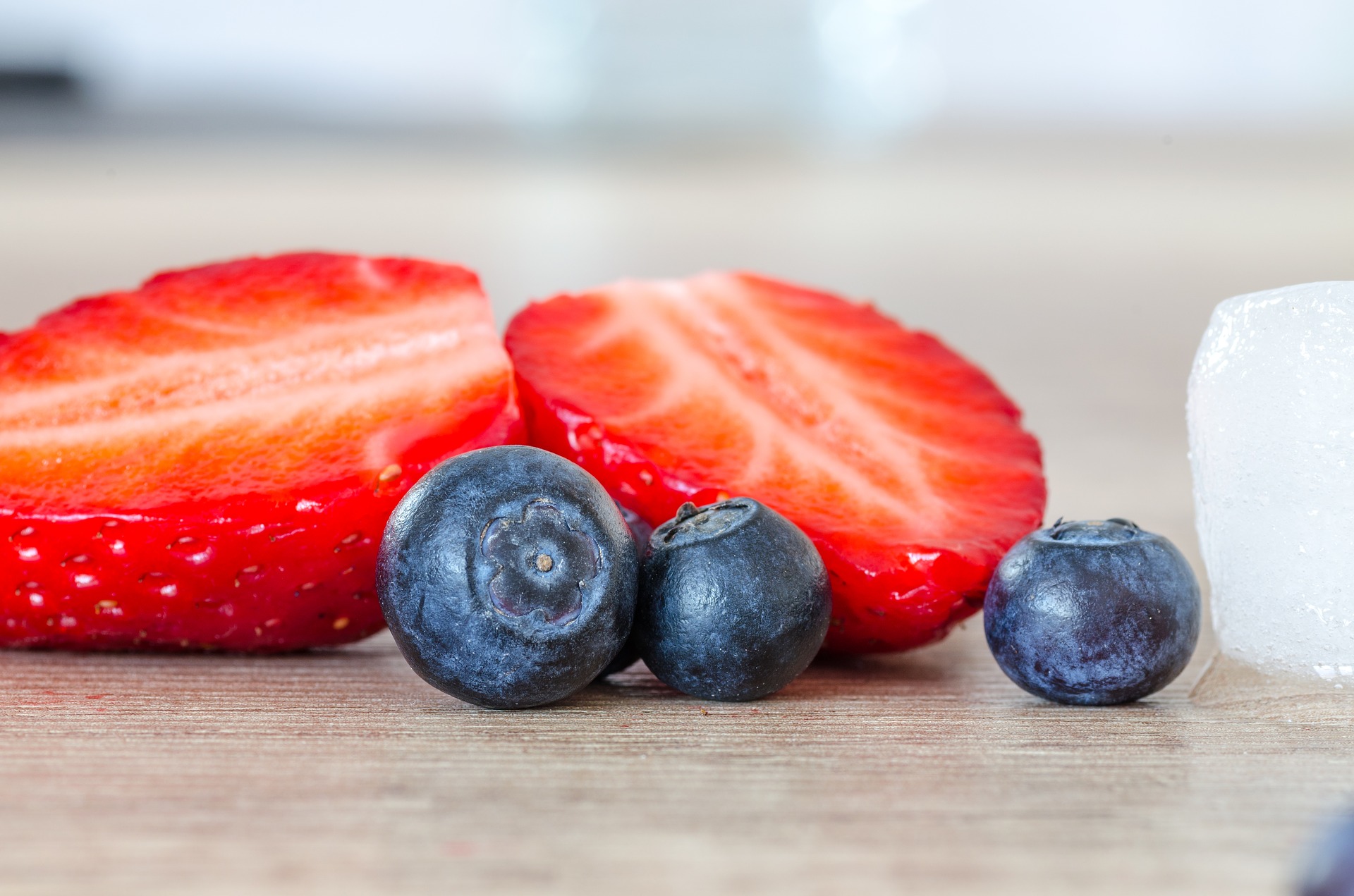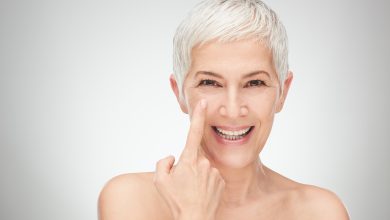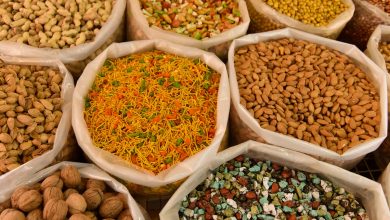The Science Behind Antioxidants and Free Radicals

What are Free Radicals?
Free radicals are just an atom looking for a mate. They’ve lost an electron and feel out of sorts, so they roam the body looking for their long lost electron. During this process, they rob other molecules of electron stability and this causes a chain reaction. This domino effect of unstable molecules causes damage to cells and the DNA.
Free radicals lose their electron pair through different chemical processes of the body, some are normal, some are not. The normal processes that cause free radicals in our body include the breaking down of food into energy that our body can use. Abnormal processes include when we are exposed to carcinogens, or cancer-causing substances.
Free radicals are actually important to our health. Without free radicals, you can’t use air and food into energy. Free radicals are actually ninja warriors in attacking invaders into our immune system. The damage done is when the number of these unstable molecules get out of hand.
An abundance of free radicals in the body causes oxidative stress. Oxidative stress is just a word to explain the total cellular damage that free radicals cause on the body. It’s ongoing and never stops. Another word that could be used in its stead is aging. The slow decline of the vitality of our body is caused by damage done by free radicals.
Substances that Generate Free Radicals

It seems that the easy fix would be to stay away from free radicals and you can be cancer free and outlive all your friends. Unfortunately, our lives are surrounded by substances that generate free radicals. They are impossible to avoid.
We can get free radicals from eating the wrong food, chemicals in our water, polluted air, and medicines we need to stay alive. Although, we can’t avoid them altogether, we can take precautions to keep the numbers limited.
Here are the main free-radical causing substances that you may be in contact with right now:
- Alcohol
- Fried, sugary, processed foods
- Tobacco smoke
- Drugs
- Radiation from the sun
- Toxins
- Infections caused by viruses, bacteria, or fungi
- Pesticides
- Air pollutants
- Industrial chemicals
Lasting Effects of Free Radical Damage
When a chain of free radicals causes damage to cells, a number of diseases and problems can result. The most commonly discussed is cancer. Cardiovascular disease, ulcers, Alzheimer’s disease, Parkinson’s, lupus, arthritis, emphysema, macular degeneration and so many more diseases are caused by these damaged cells.
How can you combat these ever present rebels of the cellular world?
Antioxidants
Antioxidants are the superheroes combating the free radicals villainous plot. These molecules have extra electrons and they are more than happy to share with a free radical. By gladly giving an electron to a free radical, they are preventing cellular damage being caused in the free radicals wake.
Some antioxidants are produced by the body but we need to get most of our antioxidants from the food we eat or from dietary supplements we’ve added to our daily routine.
Types of Antioxidants
Vitamins
Unlike what you would think, not all vitamins are considered antioxidants but these three are:
Vitamin A
This vitamin is great at protecting the skin and eyes. It is also good for a strong immune system. Most sources of vitamin A come from carotenoid fruits and vegetables but retinol is another form of vitamin A that is found in dairy, eggs, and cod liver oil.
Vitamin C
This vitamin is an antioxidant on its own but it also backs up vitamin E. It is found in citrus fruits, berries, spinach, broccoli, kiwis, and cantaloupe. This vitamin cannot be made in the body but must come from the food we eat.
Vitamin E
This antioxidant is one of the few that is found in fats like seeds, vegetable oils, and avocado but can also be found in asparagus and Swiss chard.
Carotenoids
These phytonutrients come from fruits and vegetables that are yellow, orange, or red. There are hundreds of different types of carotenoids but only a few of them are commonly eaten.
Beta-carotene
Also known as a Vitamin A producer, this antioxidant is great for eyes and skin. Examples of these include carrots, pumpkin, cantaloupe, mangoes and sweet potatoes.
Alpha-carotene
This type of antioxidant is found in many of the foods that contain beta-carotene but is also found in tomatoes, peas, and tangerines. This antioxidant is known to combat death from cancer, cardiovascular disease, and other causes of death.
Lutein
This antioxidant is best known to prevent loss of vision but also helps to protect the skin and combat some cancers and heart problems. It is found in leafy greens, Brussel sprouts, green beans, and broccoli.
Lycopene
This antioxidant is most known to ward off lung and prostate cancer, stroke, and osteoporosis. Red foods deliver this carotenoid. Red bell pepper, grapefruit, guava, tomatoes, and watermelon are a few examples.
Flavonoids
Flavonoids are the largest group of antioxidants with over 6000 different types. They are broken down into four different categories.
Anthocyanins
These are found in the bright blue, purple, and red colored fruits and vegetables like grapes, cherries, plums, and eggplant. These are strong anti-cancer antioxidants.
Flavonols
These substances are known to improve mental and physical performance. They can be found in green and black tea, onions, apples, broccoli and berries.
Isoflavones
These help to regulate hormones in the body by acting as phytoestrogens, or plant based estrogen like molecules. They help to combat breast cancer, regulate menopause, and prevent osteoporosis.
Flavones
These anti-inflammatory, anti-tumor, and anti-microbial foods include celery, parsley, thyme, and hot peppers.
Resveratrol
This antioxidant is great to combat stress induced damage and injury to the muscles. It can be found in blueberries, cranberries, grapes, cocoa, and peanuts. It is also known to not only combat free radicals but boost our bodies own antioxidants like glutathione and catalase.
Isothiocyanates
Found in many leafy or cruciferous greens, these antioxidants stop carcinogens from causing free radicals in the first place and removes them from the body.
Tannins
These are strong antioxidants but should be ingested in limited doses as over consumption has been proved to be damaging to the liver. Tannins are known for cleansing the body of toxins and heavy metals as well as preventing bacteria and viruses from growing. Foods include coffee, tea, beer, and wine as well as berries and nuts.
Coenzyme Q10
This antioxidant is found in nuts, fish, meat, and poultry. It is important for cellular and heart health.
With so many different types of antioxidants available, making sure you get enough of each type can be overwhelming. Some supplements can aid in making sure you get sufficient of each. Making sure your diet consists of a colorful array of fruits and vegetables will help too.
Keeping your body full of cancer fighting antioxidants will help to keep free radicals from doing too much damage and prevent early onset of age related problems.




